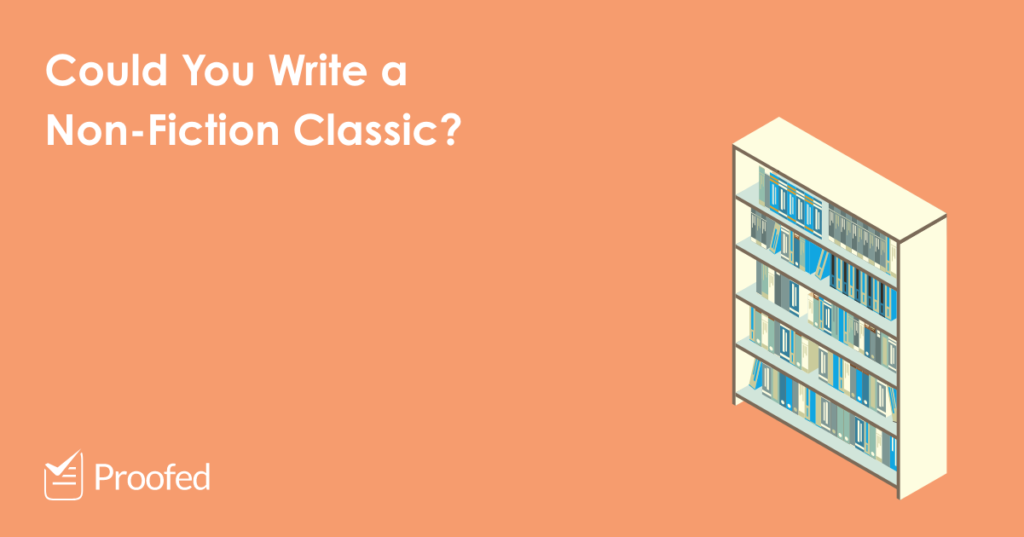It’s a little ambitious to talk about non-fiction writing in general. After all, ‘non-fiction’ technically covers everything from school textbooks to deeply personal memoirs. But we’ve come up with a few tips that can help anyone who wants to become a non-fiction author.
1. Read, Read, Read!
As with any kind of writing, the first step to becoming an author is being a voracious reader. Start by thinking about your favourite non-fiction books and what makes them great. Next, dip into some of the classic non-fiction works to expand your horizons. Find out what you enjoy reading, then use that as a starting point to develop your own authorial voice.

2. Types of Non-Fiction
There are many different types of non-fiction. Major varieties include:
- Academic textbooks
- Biographies and memoirs
- Manuals and technical guides
- Travelogues
- Recipe books
- Self-help guides
- Popular history and science books
This isn’t a complete list by any means! From true crime stories to dictionaries, non-fiction is a broad category. The point is that, once you know the type of non-fiction you like, you should check out other books in the same genre to get a sense of how they’re written and what you’re up against.
3. Pick a Topic and Do Your Research
Eventually, you’ll find something you want to write about. Ideally, this will be something you already know or care passionately about. This will make it easier once the hard work of doing research begins (e.g. reading existing books, searching news archives, interviewing people).
But maybe you’ve always known that you want to write a book about toasters. And maybe you’re already an expert on heating bread.
Find this useful?
Subscribe to our newsletter and get writing tips from our editors straight to your inbox.

That’s a great start! But you still need to check your information and organise your research so you know what to include in your book.
4. Getting Creative with Non-Fiction?
Non-fiction doesn’t have to be dry. In fact, some of the best non-fiction is exciting and emotive, making the reader feel like they’re part of the action! So ask yourself: how can I bring a creative edge to my writing?
The key to this is sticking to the facts, but also using a literary style to engage your reader. And you can apply creative non-fiction techniques to any genre. So if you want to style yourself as the Hunter S. Thompson of vegan recipe books or the Norman Mailer of self-help guides, go for it!
5. Keep It Simple
Unless you’re writing for a specialist audience, keep your language easy to understand. You might be an expert on your chosen topic, but the average reader won’t be, so they may struggle if your writing is full of jargon.
Think about who you’re writing for before you begin. Don’t be afraid to ask for feedback from non-experts. This will make sure you get your ideas across effectively. And if you’d like a professional editor to check the readability of your manuscript, we have specialists ready to help.



